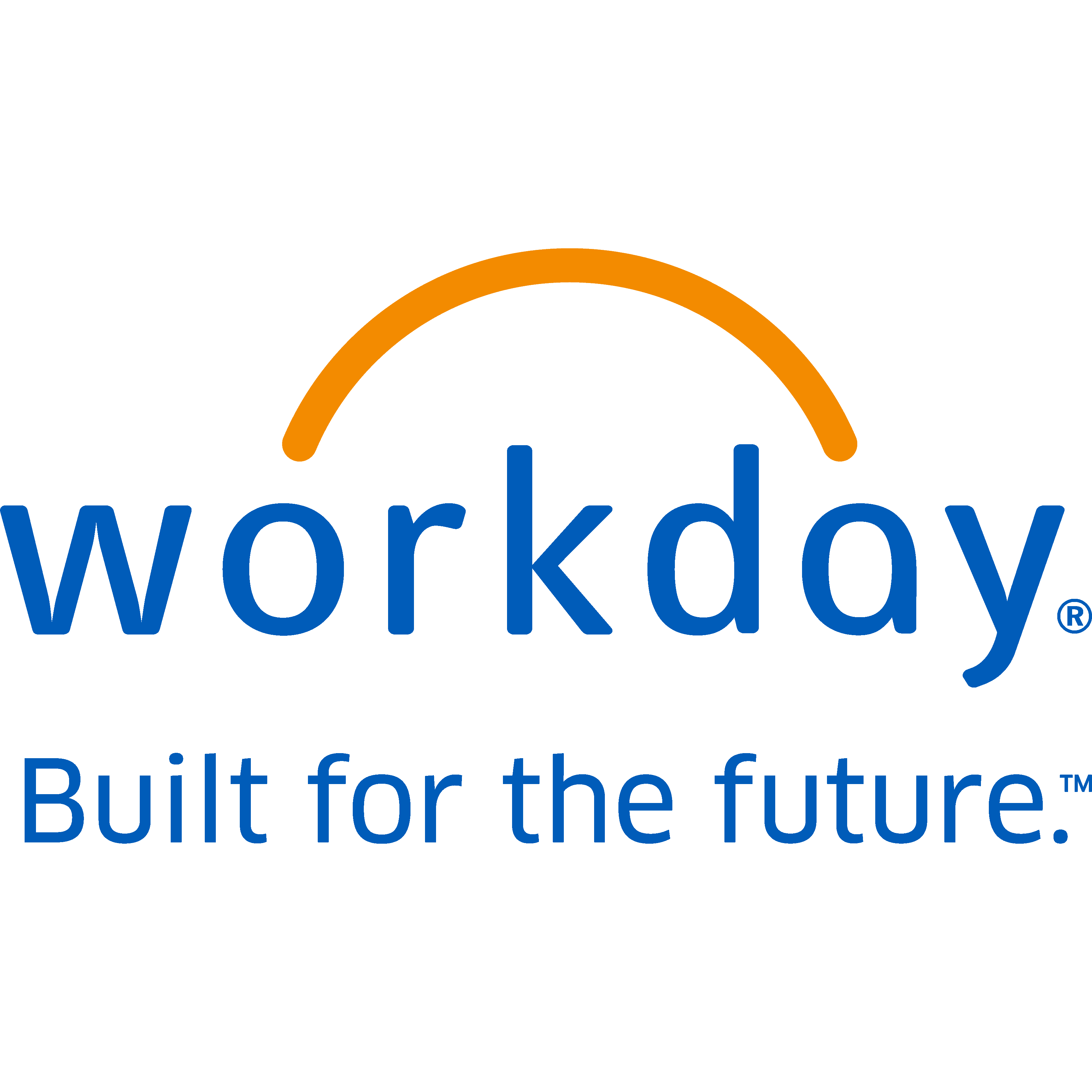This blog post is excerpted from our recent ebook, Modernization in State and Local Government, created with Workday. Access the full ebook here.
Human resources departments on the state and local levels face the challenges of acquiring talent and driving engagement across agencies. Karen Niparko is the chief HR executive for the city and county of Denver, Colorado, and she talked to GovLoop about factors that facilitate her role in HR.
The responses below have been lightly edited for brevity and clarity.
GOVLOOP: What are the most pressing needs that you have in HR?
NIPARKO: I think the most pressing thing for Denver, and I think this applies to many other municipalities and counties as well, is the extreme competition for talent in the job marketplace. For us in Denver, unemployment is extremely low; it’s between 2 and 3%. So really low unemployment is contributing to a very strong economy in Denver, but also a very strong job marketplace, such that it is really a candidates’ market here in Denver.
We all have the current workforce that we want to retain. But now we’ve got to start focusing more on the future workforce and what they’re looking for, what matters to them and what will cause them to contribute to the best of their ability. I think the biggest challenge that we all have is the competitive marketplace for talent.
GOVLOOP: So what exactly does modernization in terms of developing a workforce that people want to be in mean to your department?
NIPARKO: Modernization is important for pretty much everything we do and for everything anyone does because you really can’t be spending a lot for programs and policies, your structures and innovations. You’ve got to constantly be changing and be aware of what’s important to not only your employees but also to candidates who are looking to you as a potential employer. So being more modern, more progressive, is appealing to that future workforce, what they value and what matters to them.
The millennial generation is the largest generation in the workforce, and they’re going to be followed by Gen Zs, who are looking for very different things from their work environment, from the companies they work for, the culture, their own growth and things like that. They’re looking for very different things than the boomer generation, for example, and the boomers are retiring here at a pretty high rate right now. Modernization requires that our HR organization take a look at everything we’re now doing, and strive to innovate. Innovation is a big part of modernization.
GOVLOOP: So how have you begun IT modernization in particular, and what are your short- and long-term goals?
NIPARKO: One of the most significant innovations and forward-thinking movements that we have made in the city of Denver is our acquisition or purchase of Workday as our enterprise resource planning (ERP) system for the city. It is also our HR system. So it is the primary tool of the HR organization. Workday is one of the more leading-edge, more modern software packages out there, particularly as it pertains to the employee. It is very workflow-driven, so it’s very hands-on for leaders and employees. Users start transactions, they enter their own data. A lot of the systems of the past didn’t have workflow and a lot of the administrative work came to HR.
In the HR department in Denver, we’ve reduced about 85% of the paper we were processing in the past, an ERP system. It offers mobile capability, so you don’t need to be at a desktop, or even a laptop, to access the system; you can access it from your mobile device or your tablet and start some of these transactions and look up data. The user interface is very easy for employees and leaders to use.
GOVLOOP: How much operational efficiency would you say you currently have, and how would you improve it?
NIPARKO: Well, we’re always improving it. The goal is to continue to improve and create more opportunities for automation and less manual paperwork. For us in particular, as an HR organization, moving to a modern platform provided us a lot more capability, access to data and simpler processes. Now we need to be more concerned about security roles, because everything is accessed online.
GOVLOOP: In what ways are you working to improve security across all your IT solutions?
NIPARKO: Since our ERP platform is automated and it does workflow capabilities, one of the first things you need to do is determine what your security roles are going to be and what positions with HR are going to have certain security roles. A leader should have access to employee data within their organization, not necessarily everybody in the city. You have to be clear on your organizational structure and who needs access to what information. Through that process, you can define what those security roles are.
GOVLOOP: How much legacy IT do you currently operate on, and are you taking any steps to address legacy infrastructure?
NIPARKO: When Denver made the decision to modernize and move to an enterprise application, we decided to also say that we’re going to utilize the modules and capability of the platform and minimize using other legacy applications or software packages. Our general approach has been to limit reliance on legacy structures. We’ve archived our legacy HR system, just in case we need to go back and look at some of that data, but we don’t maintain it anymore.
Find out more by downloading our free ebook.






Leave a Reply
You must be logged in to post a comment.